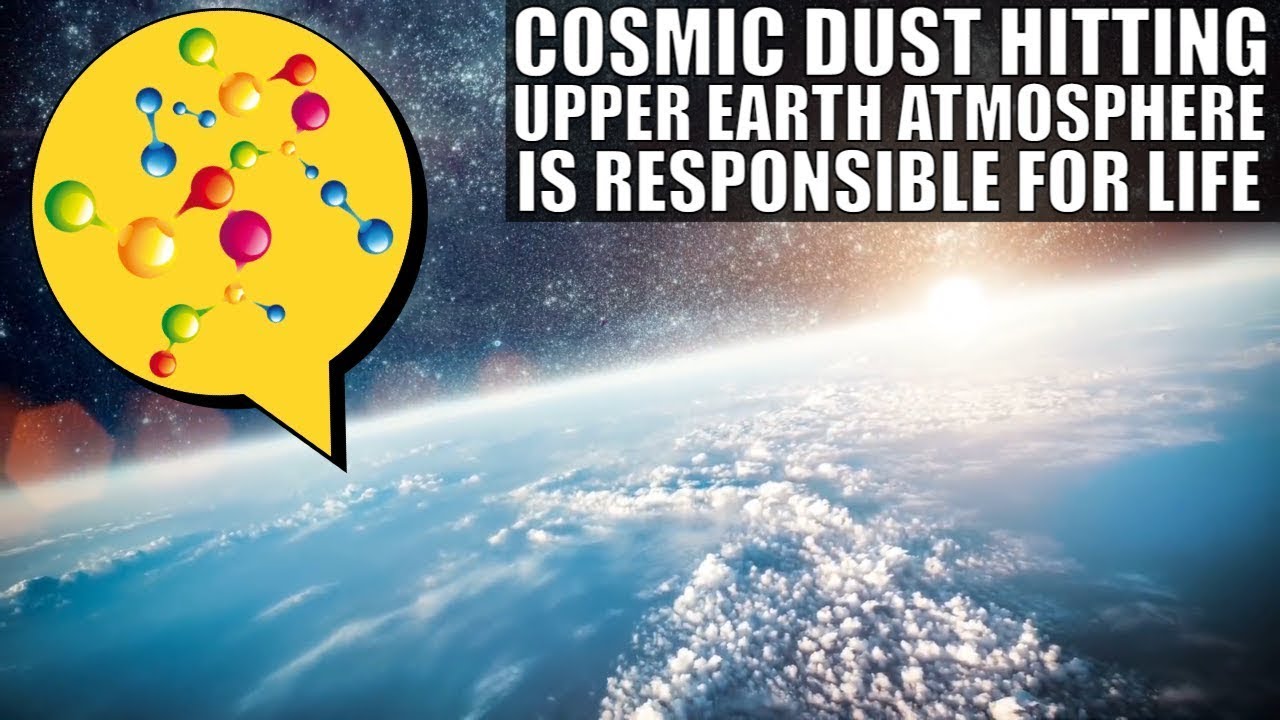After the big four “CHON” elements (carbon, hydrogen, oxygen, and nitrogen), phosphorus, which makes up less than 1% of the mass of plants and animals, is absolutely essential to life on Earth and is a substantial bottleneck constraining the size of the biosphere. It is essential in forming the phospholipid bilayers of which cell membranes are made, the nucleic acids that store genetic information, and adenosine triphosphate, which transports energy within cells.
Phosphorus is produced by exploding massive stars via supernova nucleosynthesis and ejected into supernova remnants from which later generations of stars are formed. So the nebula from which the Sun and planets condensed was enriched in phosphorus and rocky planets would have incorporated it as they accreted. But that doesn’t explain why there’s enough phosphorus for the biosphere. Phosphorus binds strongly to iron, so most of the primordial phosphorus in the early, molten Earth would have sunk to the Earth’s core with iron as the planet differentiated. Further, most of the phosphorus in the Earth’s crust (around 1300 parts per million) is in compounds in rocks which are not easily accessible to biology.
Now, a paper in JGR Space Physics, “Phosphorus Chemistry in the Earth’s Upper Atmosphere”, suggests that much of the phosphorus in the biosphere comes from ablation of cosmic dust particles hitting the Earth’s atmosphere, which releases the phosphorus from the elements it is bound to and, reacting with the atmosphere, produces phosphates which are directly accessible to biology. Here is the abstract.
The ablation of phosphorus from interplanetary dust particles entering the Earth’s atmosphere is a potentially significant source of this key bioelement. In this study, the atmospheric chemistry of phosphorus is explored by developing a reaction network of possible routes from PO, the major ablation product in the upper mesosphere/lower thermosphere region, to the stable reservoirs H₃PO₃ and H₃PO₄ that become incorporated into meteoric smoke particles (MSPs) as metal phosphites and phosphates, respectively. The network is constructed with reactions whose kinetics have been measured experimentally, together with reactions where theoretical rate coefficients are estimated using a combination of electronic structure theory calculations and a Rice-Ramsperger-Kassel-Markus master equation treatment. The network is then incorporated into a global chemistry-climate model, together with a phosphorus meteoric input function. The estimated global mean P deposition flux, in the form of submicron-sized MSPs, is 1\times 10^{−8} {\rm g m}^{−2} {\rm yr}^{−1}, with a maximum of \sim 5\times 10^{−8} {\rm g m}^{−2} {\rm yr}^{−1} over the northern Rockies, Himalayas, and southern Andes. The estimated fraction of ablated phosphorus forming bioavailable metal phosphites is 11%, which results from the very large concentrations of O and H compared to OH in the upper mesosphere. A layer of OPO is predicted to occur at 90 km with a peak of concentration of \sim 50 {\rm ~cm}^{−3}; this is the counterpart of the well-known layers of meteoric metals such as Na and Fe, and may be observable spectroscopically.
A popular summary is available in Eos, “Cosmic Dust May Be Key Source of Phosphorus for Life on Earth”.
